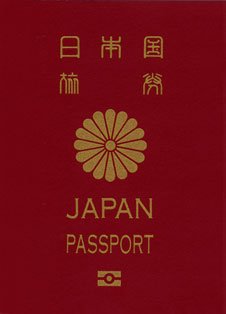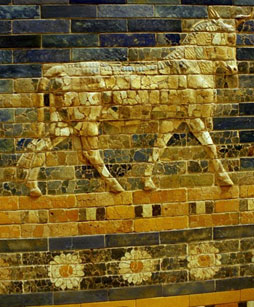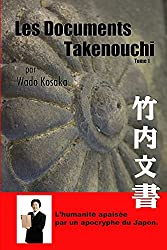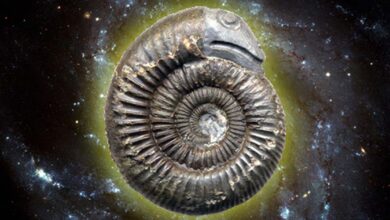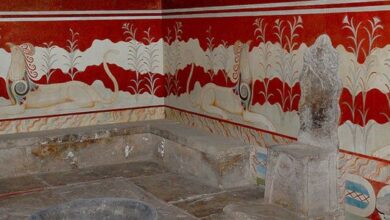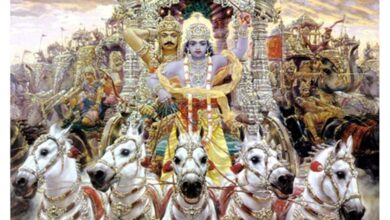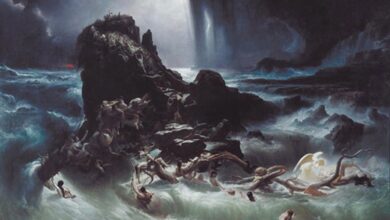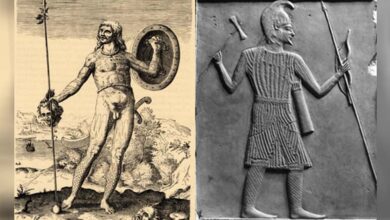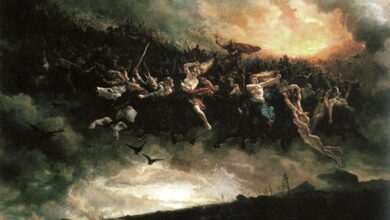
Les manuscrits Takenouchi sont un ensemble de documents mystérieux qui ont été réécrits par un homme nommé Takenouchino Matori il y a 1 500 ans dans un mélange de caractères japonais et chinois, transcrits à partir de textes encore plus anciens. Selon la légende, les documents originaux ont été écrits en caractères divins il y a plusieurs millénaires par « les dieux ». Ces textes inhabituels racontent une histoire de l’humanité d’une manière jamais racontée auparavant, depuis le début de la création jusqu’à l’émergence du christianisme. Ils parlent d’une époque de notre passé ancien où l’humanité vivait dans la paix et l’harmonie, unie sous la domination du fils d’un Dieu suprême.
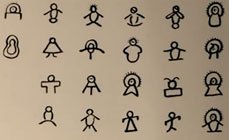
On ne sait pas très bien comment Takenouchino Matori a traduit la soi-disant « langue divine », mais selon les transcriptions modernes, les documents de Takenouchi décrivent l’histoire de toutes les nations à « l’époque divine ». Ils parlent d’un monde ancien qui a évolué en quatre périodes différentes à partir d’il y a environ 300 milliards d’années :
- Sept générations de « dieux célestes » à l’ère Tenjin, [Each generation has sub-generations the Tenjin Era (7 generations),
- The Joko/Koto era consisting of 25 generations
- The Fukiaezu dynasty consisting of 73 generations
- The Kanyamato dynasty, which includes 125 generations, starting in 660BC and continuing to this day.
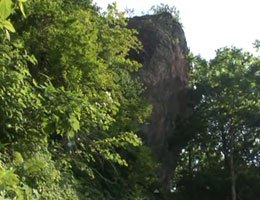
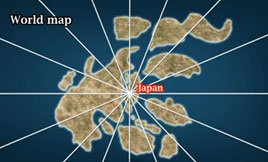
The Koto Era was the womb of the creation of a unified world government under the reign of the first god emperor, the Sumera-Mikoto. Sumera-Mikoto divided the world into 16 regions with Japan at its centre, appointing a king to rule over each region. The crest off the Sumera-Mikoto, the 16 petal chrysanthemum, symbolizes the world and its 16 regions. This crest, known today as the Chrysanthemum Flower Seal is still used today as the Imperial Seal of Japan, a crest used by members of the Japanese Imperial family. Under the Meiji Constitution (1890-1947), no one was permitted to use the Imperial Seal except the Emperor of Japan.
The passport of Japan contains the 16 petal chrysanthemum. Image Source: Wikipedia
But the 16 petal chrysanthemum has not only been used in Japan. It was also present on the Ishtar Gate of Babylon (a reconstruction using original bricks is now shown in the Pergamon Museum, Berlin), at the Alhambra Palace in Spain, and at various locations in Rome, Egypt, and elsewhere. Is it a coincidence, or is there an ancient connection?
Bas-relief on the Ishtar Gate at the Pergamon Museum in Berlin, showing three 16-petal chrysanthemums. Image source: Wikipedia
According to the Takenouchi manuscripts, the seat of this world government was located in the Hida Mountains in Japan. The Kosokotaijingu Shrine was the most sacred of all, dedicated to the ancestors of mankind. It is said that the shrine was built with a non-rusting metal called hihiiro-kane. According to the Takenouchi documents, all five coloured races of humanity visited the shrine to celebrate in an annual festival.
The documents state that Sumera-Mikoto made frequent tours all around the world. He travelled in a flying vessel called Ameno-ukifune (‘floating ships’). The documents tell us that the places that these vessels landed were named ‘hane’ (‘winds’). Many places in Japan have names that include the word ‘hane’. These, according to the Takenouchi documents, were ancient landing sites. Even today, one of the Tokyo airports is called Haneda airport.
The ancient social system was based on agriculture. People cultivated the land as farmers of the Sumera-Mikoto. The land was owned by the Gods but administered by the people.
Although the land was leased, there was no tax involved. There was no one to control or exploit them. People could enjoy the fruits of their labour. The Sumera-Mikoto aimed to bring happiness to his people, who in return loved and respected him.
However, Sumera-Mikoto would decide who would be king of a region and who not, he had the power to add or remove a person based on their governing abilities. This reminds us of the accounts given in the ancient Sumerian texts where the first kings were appointed directly by Gods, while the first kings were the Gods.
The Takenouchi documents also refer to pyramids. According to the documents they were either human-made structures or human-moulded hills that Sumera-Mikoto would use to communicate with the heavenly Gods. The texts mention the building of numerous ‘hiramito’ (‘shrines’) for the coming of the sun god. The word ‘pyramid’ is said to be derived from the word ‘hiramito’.
As with many other ancient mythologies, the golden era at some point comes to an end, usually when humans begin to be disobedient to their Gods, and this was the case during the Fukiaezu dynasty, which saw the end of many millennia of peace and prosperity. Catastrophic upheavals caused two continents in the Pacific Ocean, Tamiara and Miyoi, to sink into the sea and at the very end of this Era, an enormous earthquake caused a 200-metre tsunami that devastated Japan. These disasters were brought on by the ‘corruption’ of the human spirit. People forgot Sumera-Mikoto and became arrogant, provoking the wrath of their Gods.
One of the most peculiar aspects of the Takenouchi documents is the account of Moses and Jesus, who are both said to have ended up in Japan. Even more surprising is the fact that their supposed tombs can still be visited today. The so-called grave of Jesus (who is said to have lived up to the age of 106), can be found in the remote mountains of northern Japan in a strange little town known as Shingo, in the Aomori Prefecture. The town calls itself Kirisuto no Sato (‘Hometown of Christ’), and just a few minutes’ drive from the centre of town is an 8-foot-high wooden cross surrounded by a white picket fence, which sits on a bluff in the woods overlooking a gravel parking lot.
According to the Takenouchi texts, Moses too ended up in Japan where he is said to have lived for 583 years. His supposed grave can be found today at the foot of Mount Hodatsu in Ishikawa Prefecture.
Trying to unravel the origins and authenticity of the Takenouchi documents is now an impossible task as the original manuscripts were allegedly confiscated by government authorities and later lost. As a result, much speculation has circulated regarding the accuracy, and indeed the agenda, of the Takenouchi texts.
According to Ichiro Yamane, grandson of Kiku Yamane, who wrote the book “The Authentic History of the World Secreted Away in Japan”, the Takenouchi Documents were propagandistic documents, written by the Japanese military to justify the Japanese Emperor ruling the world. Remember that according to the Takenouchi documents, humanity started from Japan, and Japan was the centre of the world.
In the 19 th century, Kiyomaro Takenouchi founded an offshoot of the Shinto religion based on the Takenouchi documents. Could the manuscripts have been created to give birth to another religion?
Today the mainstream opinion is that the Takenouchi documents are nothing more than a hoax, and an elaborate one at that. Others maintain that they may have their roots in truth. However, with the original texts now missing, it is one mystery that will probably never be solved.
Featured Image: Takenouchi no Sukune, Japanese, 19th century, Source: Harvard Art Museums.
By John Black
References
The Takenouchi Documents
Behold! Christ’s grave in Shingo, Aomori Prefecture
Mahikari
Avery Morrow, The Sacred Science of Ancient Japan, Bear & Company, Canada
Related Books
Related Videos
.
